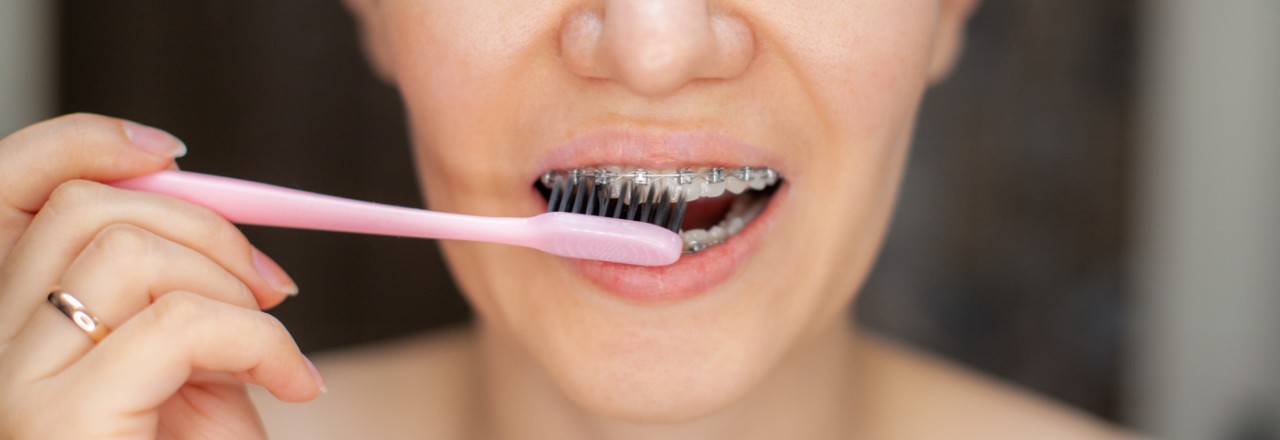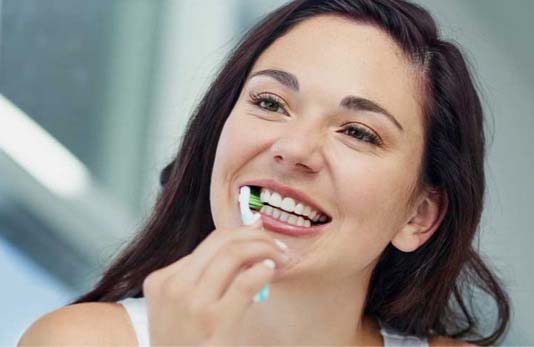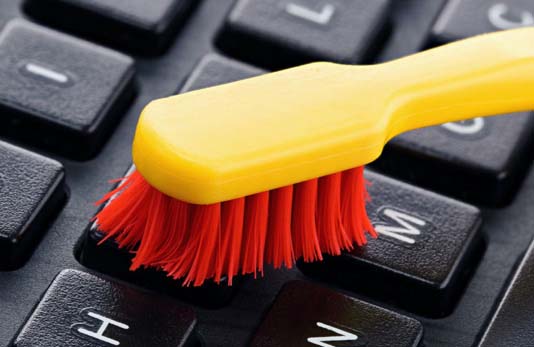How to select a toothbrush

If you’re like the average American, you may spend nearly 1,000 hours brushing your teeth over a lifetime. It’s important to find a toothbrush that feels comfortable and works well. This can be a daunting task, considering the variety of toothbrushes on the market: angled heads, raised bristles, oscillating tufts. Which toothbrush will work best for you?
In reality, almost any toothbrush you feel comfortable using works well. What is most important is to brush your teeth correctly – and brush them long enough. Most people brush for less than a minute, but to effectively reach all areas of your mouth and scrub off cavity-causing bacteria, you should brush for at least two to three minutes, at least twice daily.
How do you find the toothbrush that’s most comfortable for you?
Here are some guidelines from the American Dental Association:
- Any toothbrush you choose should have soft bristles. Hard bristles may cause gum tissue to pull back from teeth, which can expose the tooth root and lead to increased sensitivity to heat, cold or certain foods and drinks.
- Select a toothbrush head size that can easily fit into the mouth and can brush one to two teeth at a time (the general size is 1 inch long and ½ inch wide).
- Powered (also known as electric) toothbrushes don’t clean teeth any better than regular toothbrushes. However, if a powered toothbrush motivates you to clean your teeth more often and for the required length of time, it is worth the investment.
- A powered toothbrush may be a better choice for you than a manual toothbrush if you need assistance brushing your teeth due to arthritis or any condition that limits your mobility. It’s also a good choice if you wear braces or have misaligned or uneven teeth surfaces that make a thorough cleaning more challenging.
- Replace your toothbrush (or toothbrush head for a powered toothbrush) as soon as the bristles begin to look worn or frayed (usually every three months). A worn toothbrush does not do a good job of cleaning your teeth. Remember always to replace your toothbrush after an illness.
- If you’re still undecided about which toothbrush to use, consult your dentist for advice.
If you are shopping for a child, select a toothbrush with the following characteristics:
- Soft bristles (for gentle cleaning)
- Very small heads (designed for baby teeth)
- Large handles (easier for children to grip)
Last updated February 10, 2022
Related articles:
The oral health information on this website is intended for educational purposes only. Always consult a licensed dentist or other qualified health care professional for any questions concerning your oral health.


